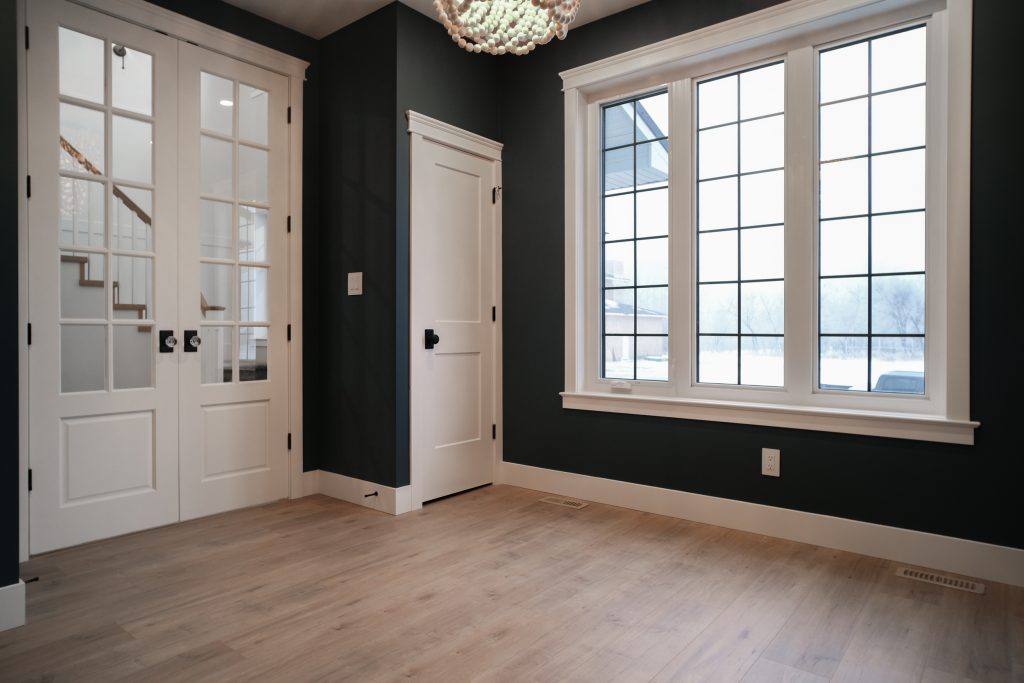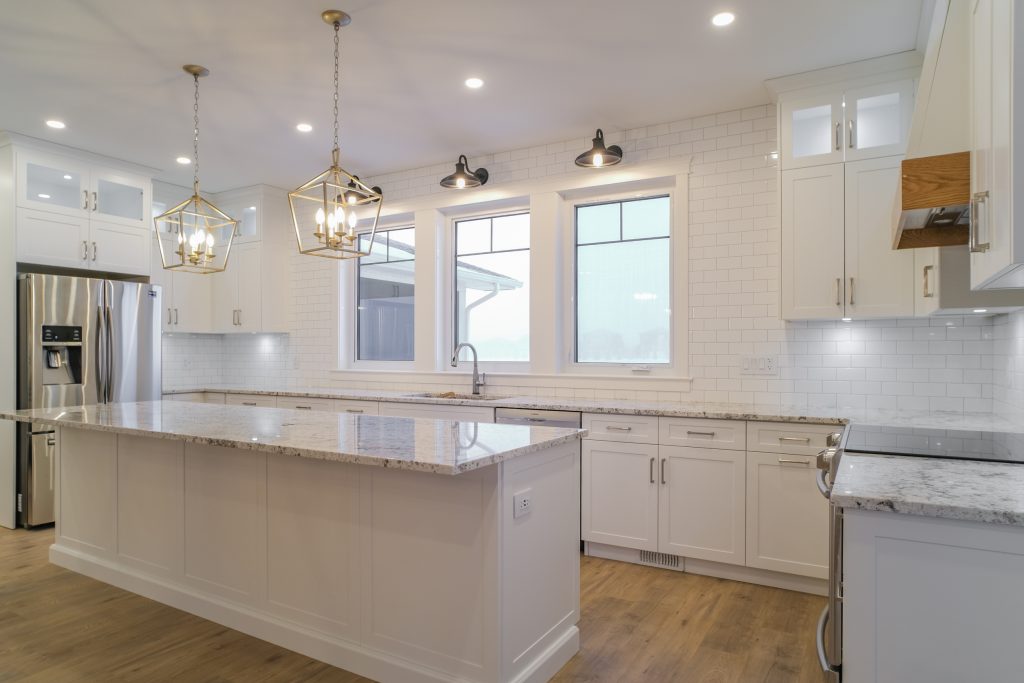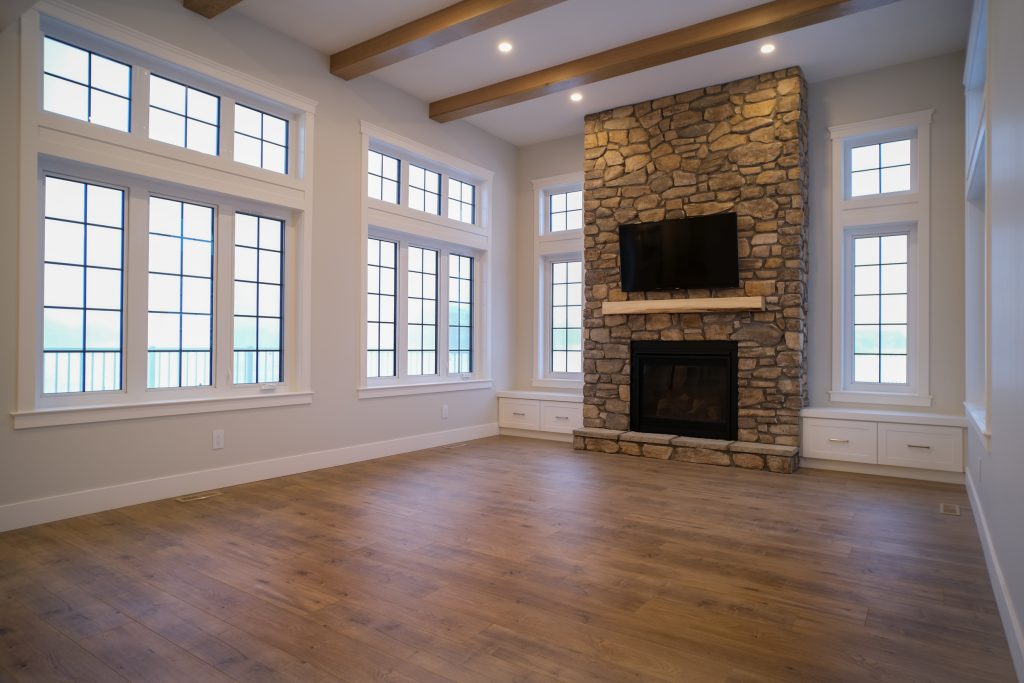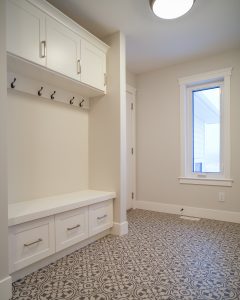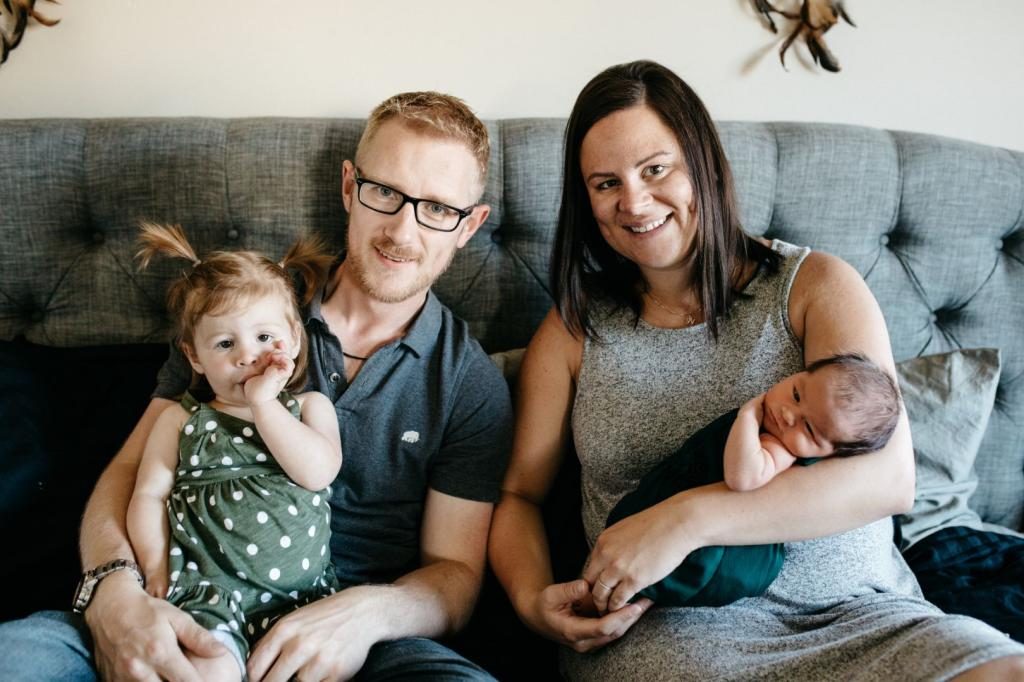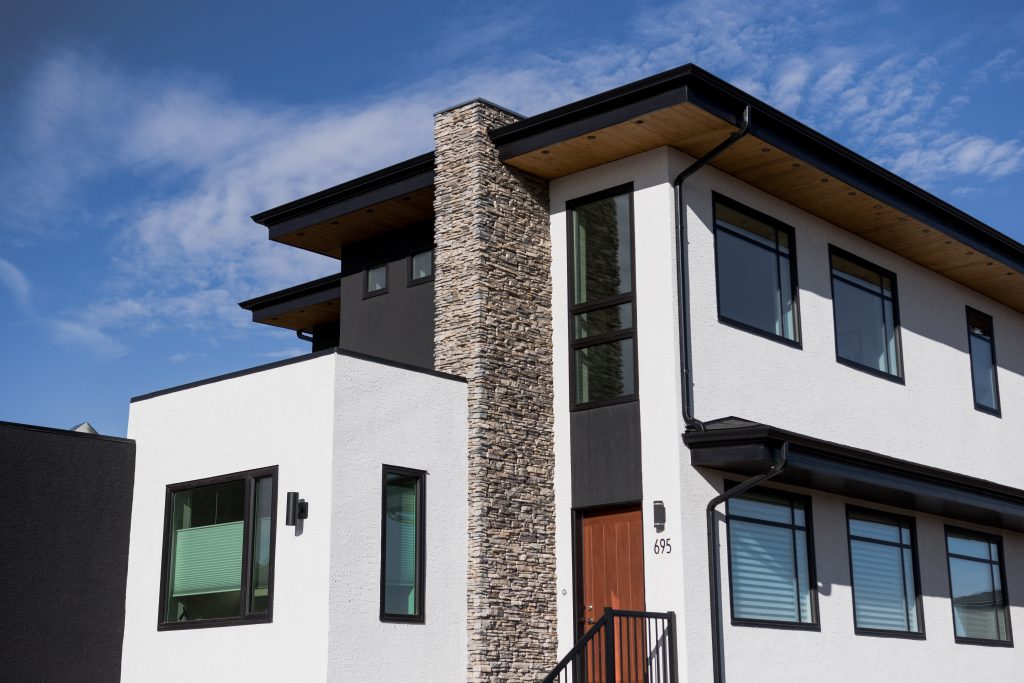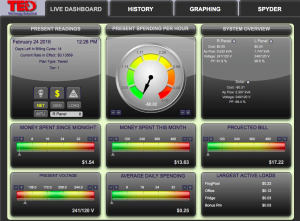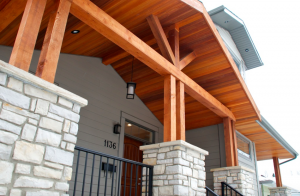Proactive, pragmatic, and detail-driven, Karen Flasch has been earning accolades from both her clients and the Sarilia community. Over the past year, she’s steadfastly managed a successful build here at Sarilia—in a way that minimized disruption to the neighbours.
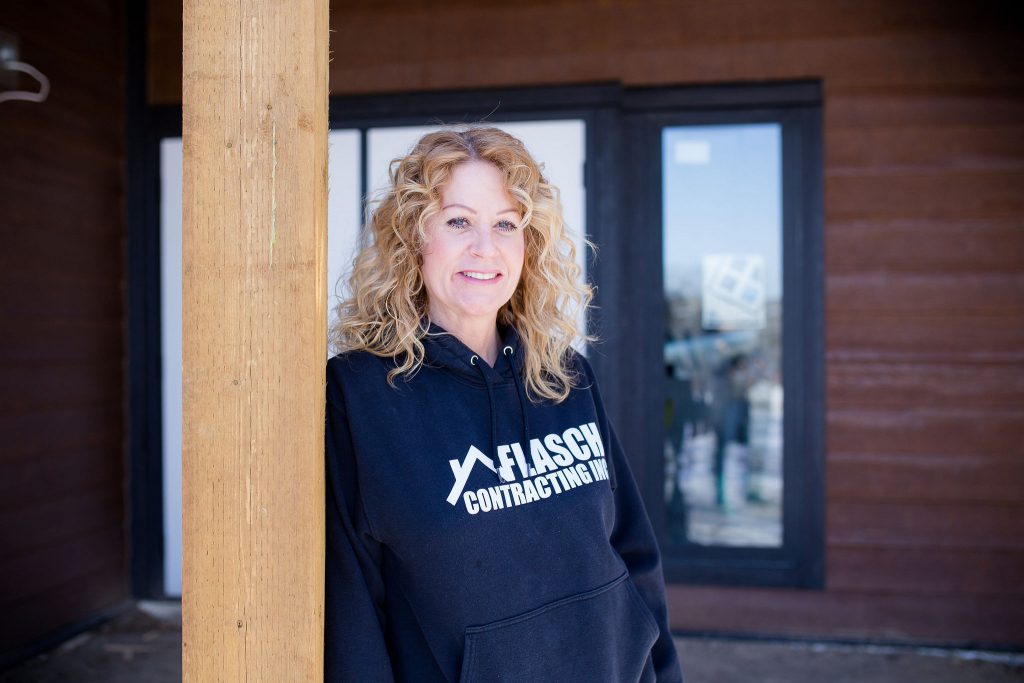
When construction material prices skyrocketed and shipment delays became the new normal, Karen stockpiled materials for her client’s build in her own garage, in order to keep her project on time and on budget. “It was fully loaded up to the ceiling,” says Karen, with a laugh.
We’ve heard nothing but good things about her through the grapevine, so we decided to reach out and learn more about Karen, her company, and the home she’s building for her client here in the river valley.
Tell me about your business.
I am a co-owner of Flasch Contracting. My son and I operate this business together. His name is Colton Flasch. I have been in the construction industry with an incorporated company for the last 16 years. So I’ve been a woman in this industry for quite a few years.
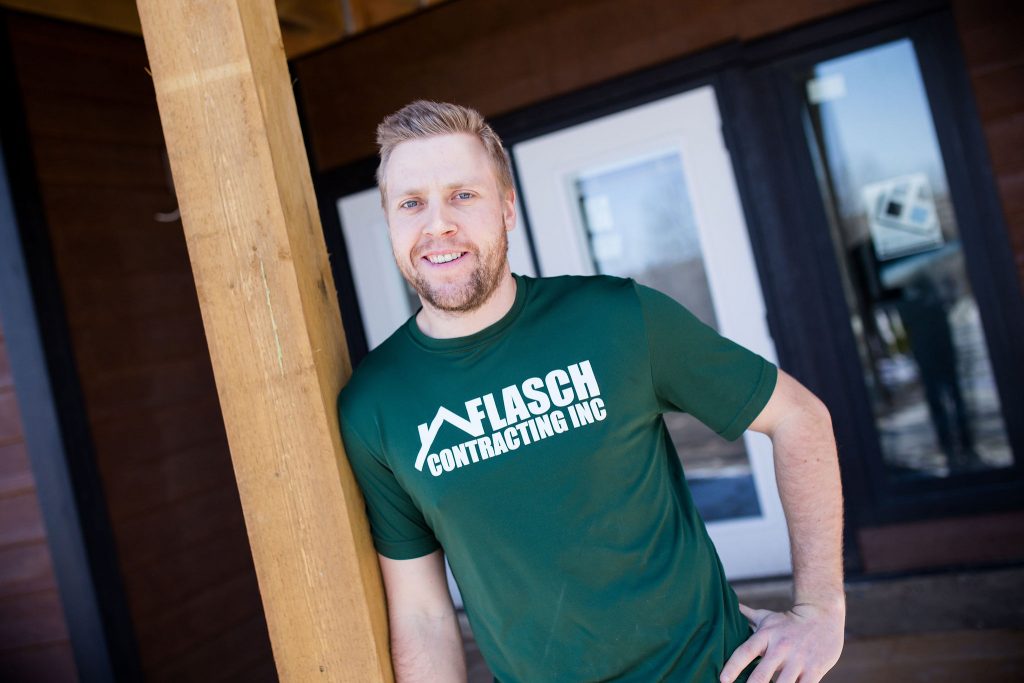
Tell me about yourself, and Colton.
I enjoy spending time with my children and granddaughter. I love to travel and am looking forward to hopefully doing that again.
When Colton isn’t working, he is a professional curler who trains very hard. He has won several provincial titles, two Canadian titles (one at junior level), and a one-time silver at world’s in 2019. In the summer, you will find Colton on a golf course in his off time.
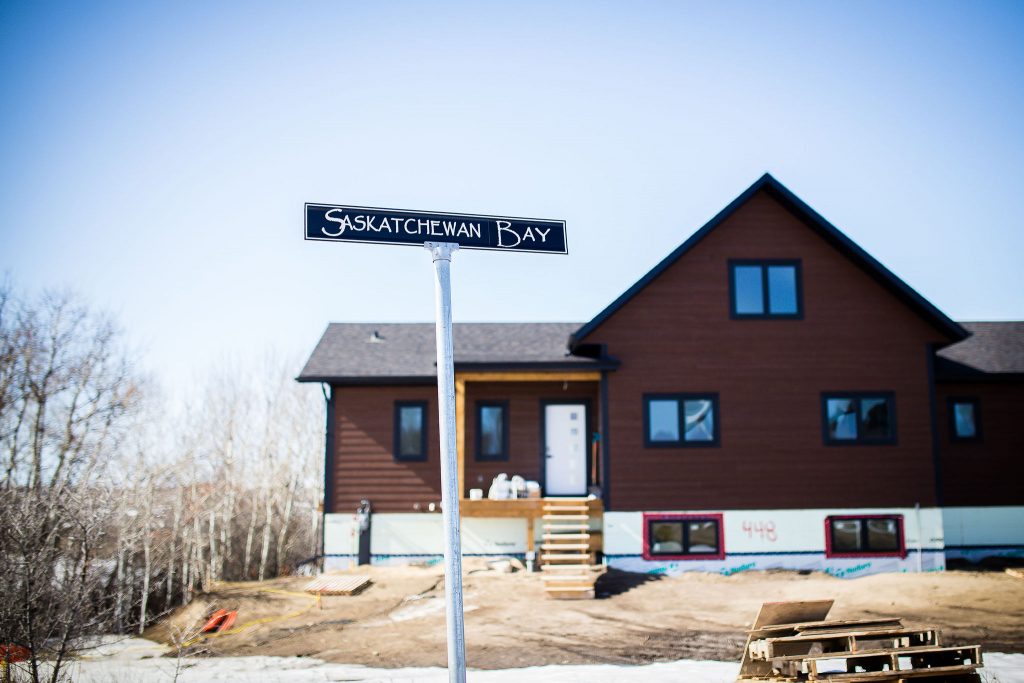
Can you describe the lot that you’re building on at Sarilia?
It’s a riverfront lot. My customer, Nickie, decided to buy two lots and we parcel-tied them together so she has a larger than average lot. The lot is perfectly set up for a walkout basement, so that’s what we chose to do.
What were Nickie’s priorities for her new house?
She definitely wanted that view of the river, so the A-frame design, expansive windows, the loft, and the two decks helped us achieve that. It was all about the view, and the serenity and peacefulness of watching the river and the wildlife.
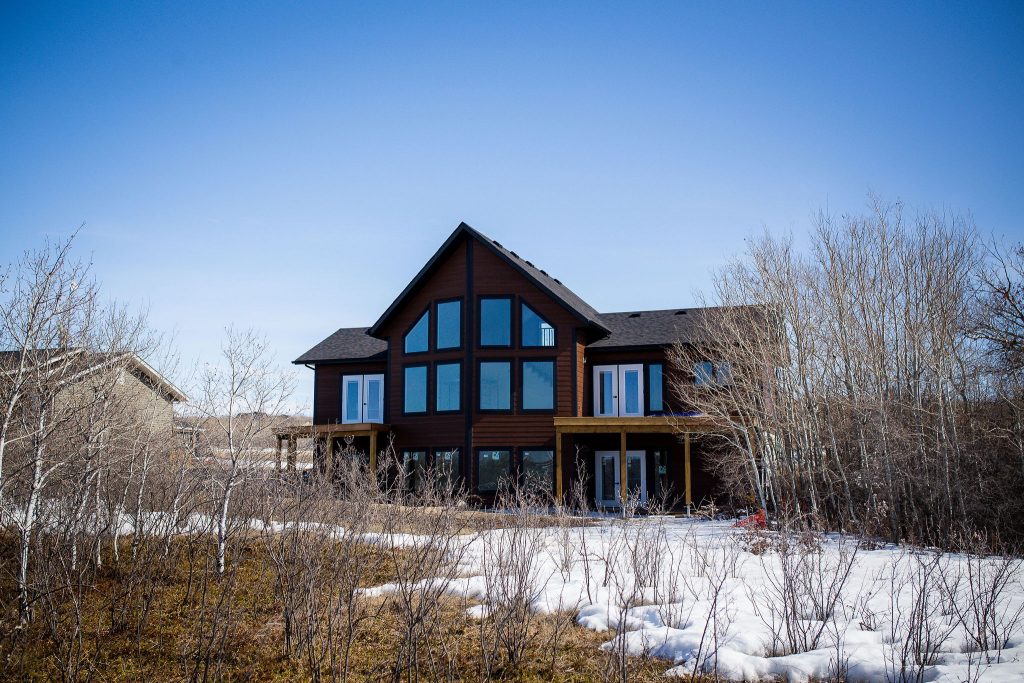
Sarilia residents have been very impressed by how clean you keep the job site. Is that always a priority, and how to you keep neighbours happy during a build?
As a general contractor, my priority is to communicate a lot with my subcontractors to make sure everybody is on the same page with the timeframe.
Even if we’ve had to temporarily store lumber somewhere while we’re waiting for the bin to be dumped, we make sure there’s nothing laying around (either materials or garbage), and that we’re parked in the right spot.
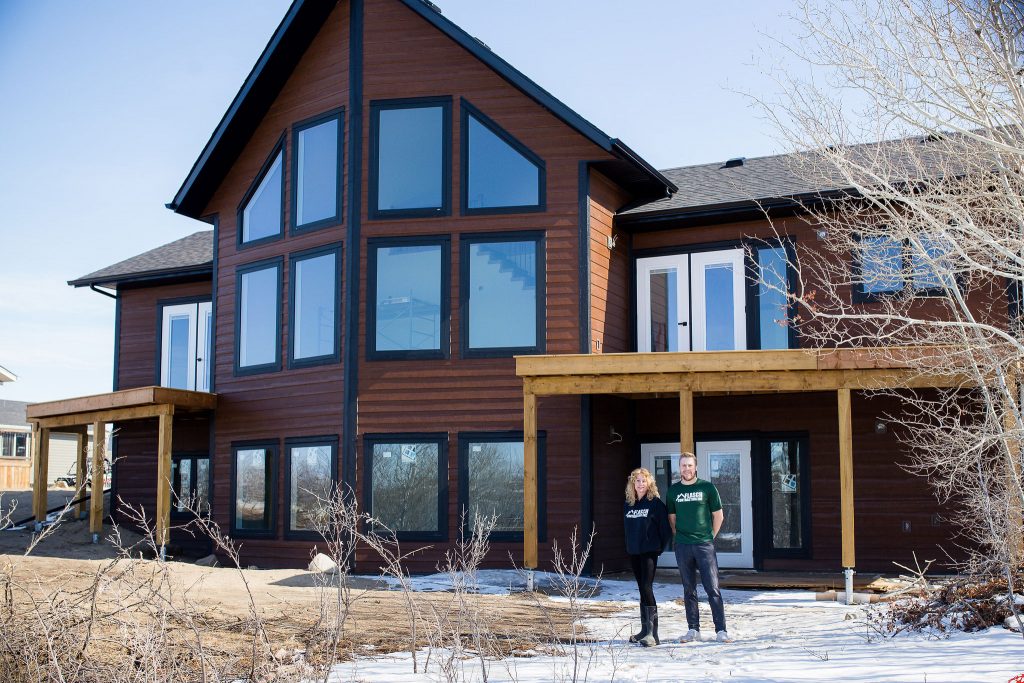
Aside from stockpiling materials in your own garage, how did you manage the challenges of building during the pandemic?
Luckily, I have very good subcontractors who have been very proactive. As an example, my plumber said he wanted to order the furnace and ducting early on in the project. I’m very happy he suggested that, because it saved our customer a ton of money, and if we hadn’t ordered early we would probably still be waiting now.
Would you consider building at Sarilia again?
Absolutely. We know what is expected out there. Gwen (the developer) is good at communicating and letting us know what we need to do. And the inspector from the RM of Laird has been super helpful.
I just want to make sure we do the best job possible, and that we are following the architectural design standards, out of respect for the beautiful grasslands and the river. It’s an honour to be able to work out there. There aren’t many places like that anymore. It’s a beautiful spot, so to be part of it is exciting.

